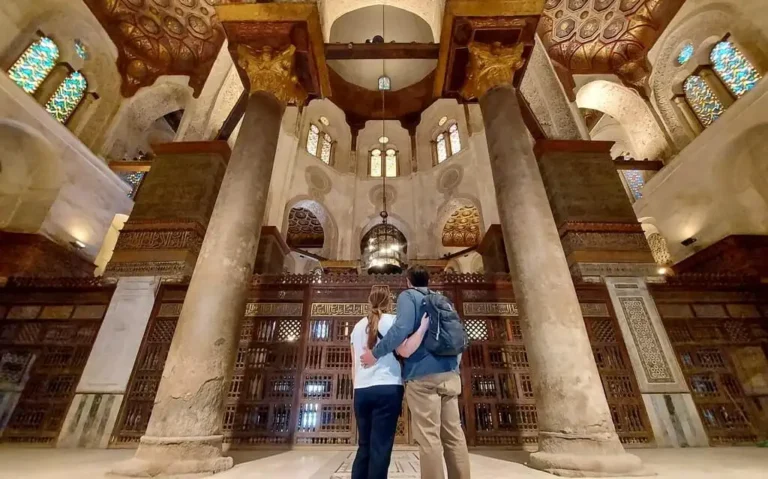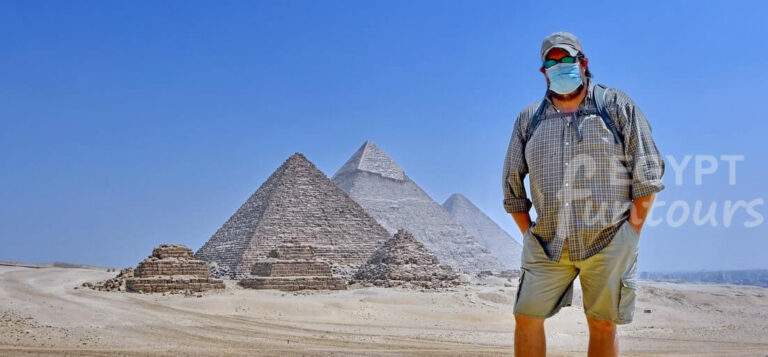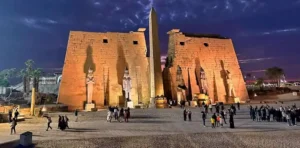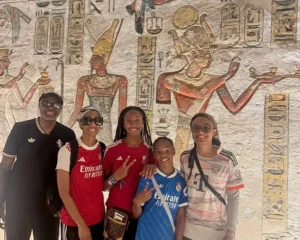An Introduction to Saqqara: The Eternal Necropolis
Saqqara is a vast and ancient necropolis in Egypt. It lies about 30 kilometers (18.6 miles) south of modern Cairo. For centuries, Saqqara served as the primary burial ground for the ancient city of Memphis, which was once the capital of Egypt. While its fame primarily rests on the Step Pyramid, Saqqara’s historical importance extends far beyond that single monument. The site is a veritable open-air museum, featuring countless tombs, pyramids, and temples that span over 3,500 years of Egyptian history. Consequently, it offers a unique and comprehensive look at the evolution of ancient Egyptian funerary architecture and religious beliefs.
Saqqara Architecture: King Djoser and Imhotep 🏗️

The undisputed star of Saqqara is the Step Pyramid of King Djoser. It was constructed in the Third Dynasty around 2670 BC. This pyramid is widely recognized as the oldest and largest stone building of its kind in the world. Djoser’s vizier and chief architect, Imhotep, was the creative genius behind the entire design. The structure began not as a pyramid, but as a simple, flat, rectangular mastaba tomb. Imhotep then ingeniously built smaller and smaller layers on top of it, creating the six-stepped structure we see today. Ultimately, the Step Pyramid marks a huge leap forward in both engineering and architectural ambition, as it represents the crucial transition from the basic mastaba tombs to the world-famous smooth-sided pyramids that would later be built at Giza.
Saqqara Tombs from All Eras 📜
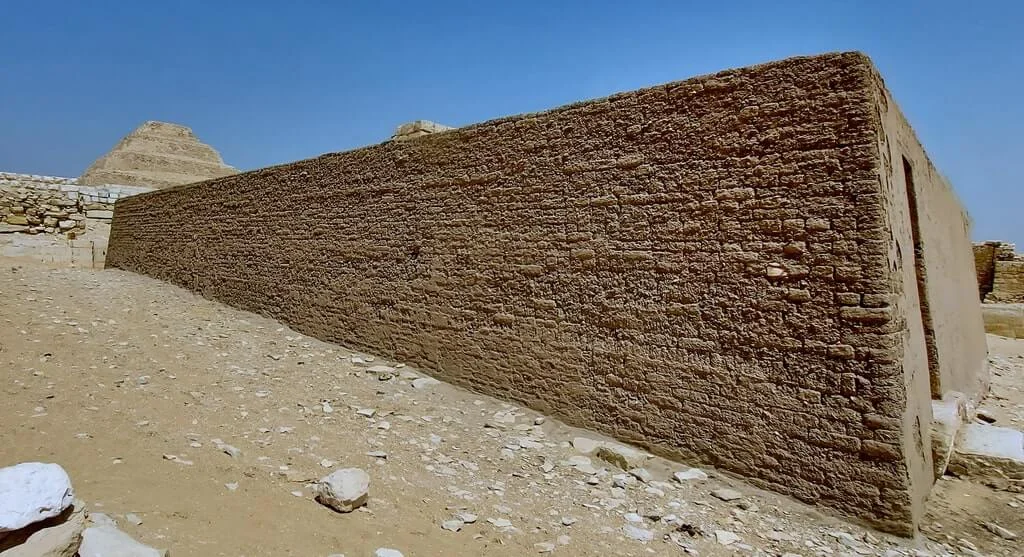
Saqqara’s historical significance extends far beyond Djoser’s reign. The site is a rich tapestry of Egyptian burial practices from different time periods. Later pharaohs were so impressed by Djoser’s legacy that they also chose to build their pyramids at Saqqara. These include the pyramids of Userkaf and Teti. The Pyramid of Teti is particularly notable for its famous Pyramid Texts, which are the oldest religious writings in the world. These ancient hieroglyphic spells and incantations are meticulously carved on the walls of the burial chamber, intended to help the king’s soul ascend to the heavens.
In addition to the royal tombs, Saqqara is home to hundreds of mastaba tombs. These are rectangular tombs with sloping sides, and many belonged to high officials and nobles who served the pharaohs. For instance, the Mastaba of Ti is especially famous for its beautiful and detailed carvings. These intricate reliefs provide a vivid window into ancient Egyptian daily life, depicting everything from farming and fishing to hunting and feasting. The art here is a crucial source of information for historians.
The Serapeum and Other Hidden Treasures 🏺
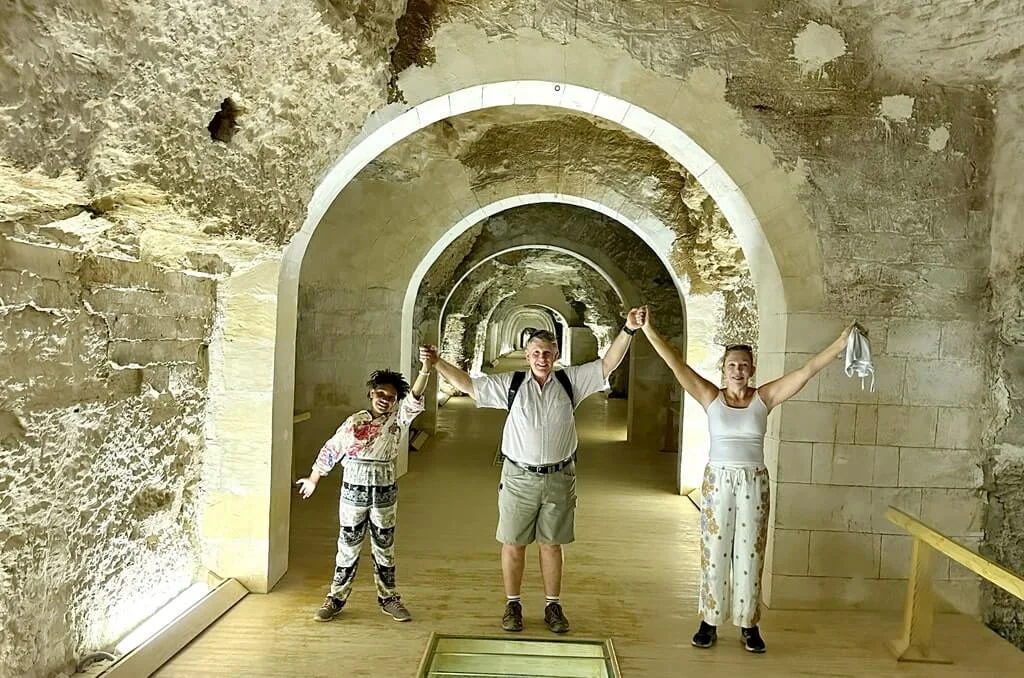
A truly fascinating part of the Saqqara complex is the Serapeum, a sprawling underground tomb dedicated to the burial of the sacred Apis bulls. The ancient Egyptians believed that the Apis bull was a god and a living manifestation of the god Ptah. The Serapeum is a long, dark tunnel with a series of side chambers. Each chamber contains a massive, polished granite sarcophagus, each of which once held the mummified body of a sacred bull.
Beyond the main sites, Saqqara holds many other treasures. The Causeway of Unas contains a beautiful procession of carvings on its walls. They show scenes of daily life and religious ceremonies. The Tomb of Akhethotep and the Tomb of Ptahhotep are also well-known for their detailed reliefs. Archaeologists have discovered many smaller pyramids and tombs belonging to queens and high officials, such as the Pyramid of Queen Iput I and the Pyramid of Queen Khuit. Each discovery adds another layer to our understanding of this sprawling necropolis.
Modern Discoveries and Ongoing Excavations ⛏️
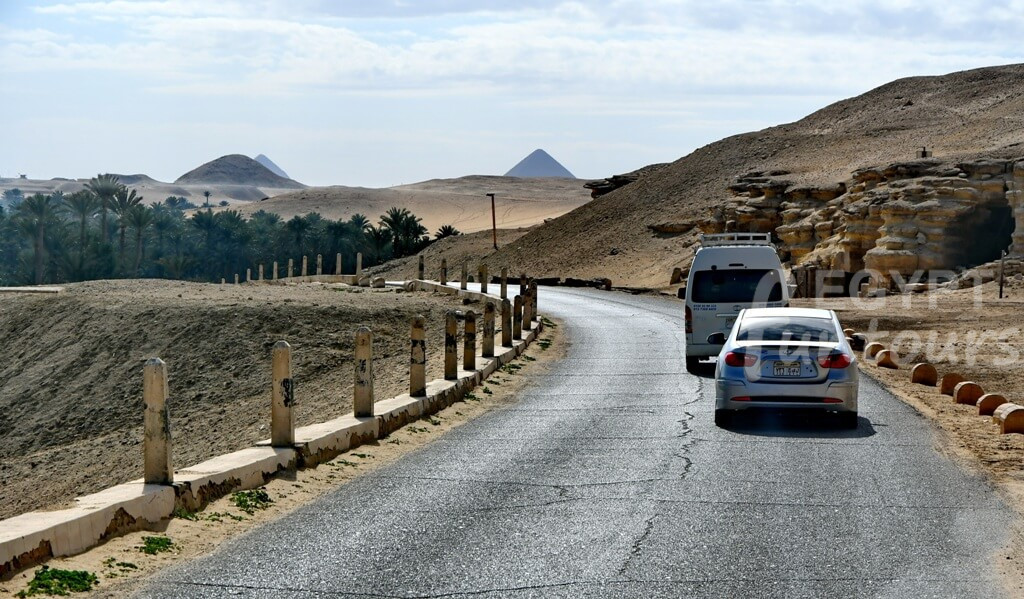
Saqqara is not a static site. It is a living archaeological dig. For decades, archaeologists have made new discoveries there. Recently, they unearthed huge shafts. These shafts held hundreds of sarcophagi. The sarcophagi contained mummies from the Late Period. They also found new tombs. These tombs belonged to unknown high officials and priests. The discoveries offer fresh insights into ancient beliefs. Ongoing excavations reinforce Saqqara’s status. It is an invaluable repository of Egyptian history. Preserving the site is a top priority. It offers a complete look at ancient burial practices, art, and religion. This makes Saqqara a truly monumental living museum.

